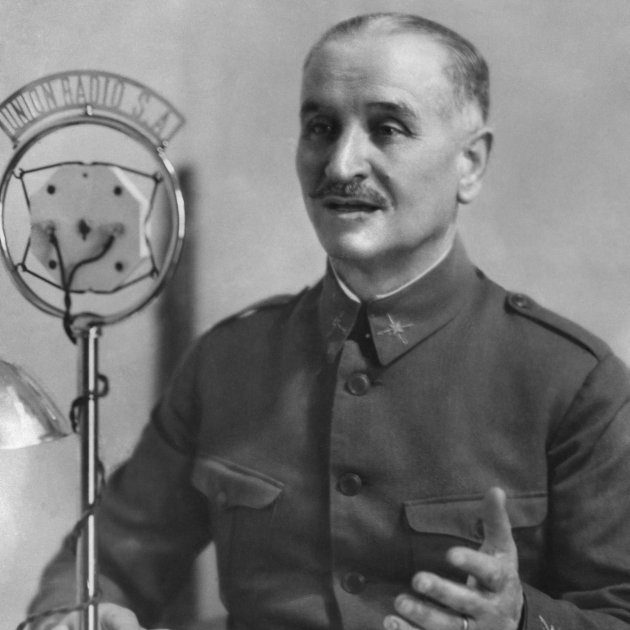"Burial of Civil War Commander Reopens Decades-Old Wounds". That's the headline of an article in The New York Times by the prestigious US newspaper's correspondent in Spain, Raphael Minder. The article centres on the controversy unleashed in Seville over the proposed exhumation of the remains of general Gonzalo Queipo de Llano.
Minder notes that, for some, Queipo de Llano was "a fascist criminal of the Spanish Civil War" and, for others, he was "a national hero who protected both Catholicism and his country from the threat of Communism". He continues that "the answer is central to whether" his body should be exhumed and "removed from the basilica he helped build in the heart of the southern city of Seville".
Last Sunday, in Geneva, Catalan president Carles Puigdemont denounced the "veneration" which, in his opinion, still exists in Spain for dictator Francisco Franco. Minder's report exemplifies, at least, how the figure of Queipo, an icon of the regime despite being an internal adversary of Franco, one of the leaders of the military coup that started the war and the behind the severe repression in southern Spain, continues to cause controversy.
Queipo, famous for radio speeches encouraging legionaries to wipe out the "reds", and with 45,000 believed killed under his jurisdiction, was buried in 1951 in the Macarena basilica in the capital of Andalusia, which he part financed. At the start of the war, uncontrolled militants had destroyed the original church which contained the statue of the virgin of Macarena, one of the most important religious symbols in the city, a focal point of its Holy Week parades.
In 2016, Sevilla city council passed a motion condemning the 18th July 1936 military coup and opposing Queipo remaining buried in the basilica as constituting "a clear affront to the families of the victims of Francoism and to democrats". The motion was unanimously approved apart from the provision to remove Queipo's remains from the basilica: PP voted against, Ciudadanos abstained.
The government of Andalusia has given a similar statement with the new law of historical memory. But the church belongs to the Brothers of the Macarena which, as reported by The New York Times, is less convinced. They report José Antonio Fernández Cabrero, the head of the brotherhood, as saying he was unaware of how Queipo de Llano acquired the land the basilica was built on and called the civil war general "a protector of the movement of the Catholic Church".
Fernández Cabrero said that the brotherhood had already removed the original fascist symbols from the tomb, as well as its references to the 1936 coup and his military rank. "It surprises me that politicians now tell us we need to reopen all of this", he adds, after referencing the 1977 law from Spain's transition to democracy giving amnesty for crimes committed during the war and the Franco regime.
On the other hand, they quote Cecilio Gordillo, the president of a local association that helps relatives of the regime's victims, as saying: "the problem is not what’s written on the tomb, but the personality of the man inside it”.
